Le Dîner d’État, a Tool of French Soft Power
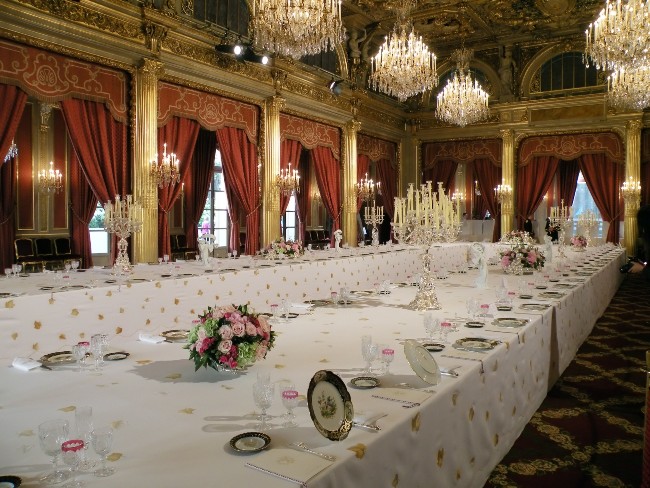
- SUBSCRIBE
- ALREADY SUBSCRIBED?
BECOME A BONJOUR PARIS MEMBER
Gain full access to our collection of over 5,000 articles and bring the City of Light into your life. Just 60 USD per year.
Find out why you should become a member here.
Sign in
Fill in your credentials below.
Powerful rulers have hosted lavish dinners since time immemorial, as a way to demonstrate their power and to forge alliances. But does anyone do it as well as the French, with their state dinners in the glittering Elysée Palace?
A Bit of History
King Louis XIV set the tone when he made eating a public spectacle. Every day, crowds would gather to watch the royal family enjoy a sumptuous meal, the Grand Couvert. It was a way for the Sun King, Europe’s top dog, to make a daily demonstration of his wealth and power. His descendants continued the tradition until it, like they, died out.
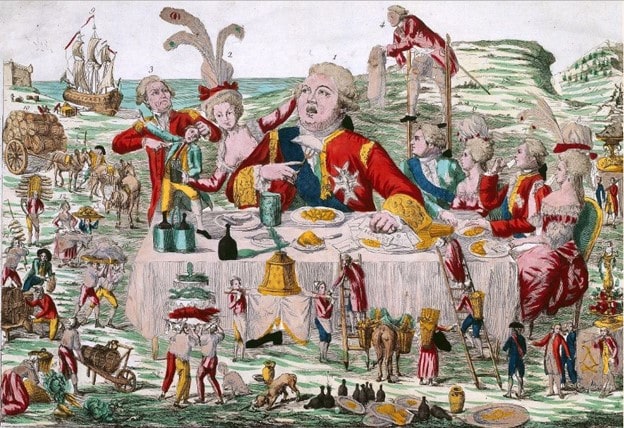
Satirical drawing of a Grand Couvert. © French Revolution Digital Archive, Stanford University Libraries & the Bibliothèque Nationale de France
A century later, the “art of the table” is credited with maintaining French power after the defeat of Napoleon. When the victors met at the Congress of Vienna to carve up Europe, French representative Talleyrand hosted lavish meals for the delegates, night after night. Many believe that these led to France’s remarkably lenient treatment.
Official French state dinners — dîners d’État — began in the 1870s under the presidents of the Third Republic. What better way to seduce a potential ally than by plying them with fine French food and wine? Unfortunately, considerable stamina was required, as those 19th-century meals could last for hours and include up to 20 different courses.
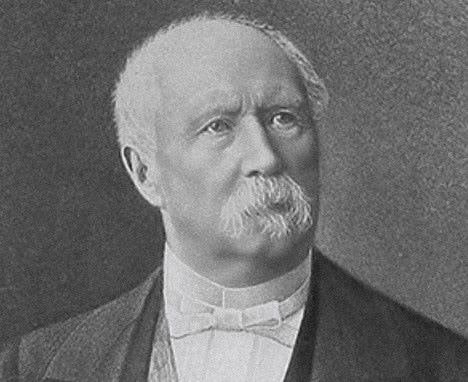
President Macmahon steels himself for a dîner d’État. © Official portrait, Pierre Petit photographe, public domain
By the time of World War I, reason had prevailed and the number of courses had dropped to seven. They dropped further in the 1950s when the austere Charles de Gaulle became president, as he cut them to five courses and limited the meal to an hour and 15 minutes.
De Gaulle was followed by Pompidou, who was a bon vivant and loved fancy dinners. Not only did he host state dinners at the Elysée Palace, he also took fine French dining with him when he traveled. He would load his plane with chefs and elegant tableware, then host dinners at the French embassies of the countries he visited.
Despite Pompidou’s enthusiasm, dîners d’État have continued to get shorter, with President Hollande cutting them to their current length of one hour (four courses). And they have become less frequent. While presidents in the 1960s and 1970s hosted state dinners nearly six times a year, recent presidents have averaged less than two.
A Strict Protocol
Dîners d’État are part of what the French call gastrodiplomie (gastronomic diplomacy), a kind of French soft power, and must display the glories of France.
Held in the Salles des Fêtes of the Elysée Palace (or occasionally at the Grand Trianon of Versailles), they use dishes and silverware from the finest French artisans. Dishes are made by Manufacture Nationale de Sèvres, France’s top porcelain maker, with some elegant pieces from the 19th century still in use. Crystal is provided by Saint-Louis and, of course, Baccarat. Silverware is made by Christofle and Puiforcat, and stamped with the Republique Française coat of arms. And the Elysée kitchen still uses some of the fine copper cookware made over 200 years ago.
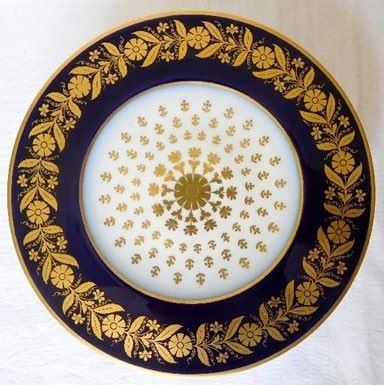
Plate made from Sèvres porcelain
The guest list is chosen with great care. Two thirds of the guests are selected by the French president and the rest by the guest of honor. The French selections are carefully balanced, with half coming from politics and business, and the others coming from the worlds of science, the arts, academia, and sports.
Music is provided by the Garde Républicaine’s chamber orchestra, with pieces chosen from the guest of honor’s country, though Mozart is also a popular choice.
Planning a State Dinner
Planning a dîner d’État is a high-stakes game, with lots of rules and protocol to follow. And things are even tougher when the guest of honor is none other than Queen Elizabeth II. Has anyone on earth been to more state dinners? She was the guest of honor in 2014, on the 70th anniversary of D-Day, at a state dinner attended by multiple monarchs and presidents.
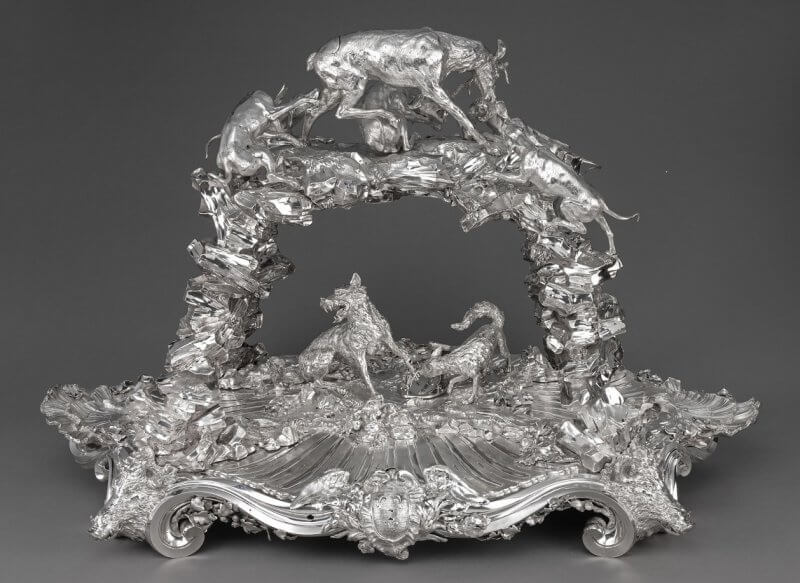
Decorative silver centerpiece from the Louvre collection. Created by Jacques Roëttiers (1736-1788), Louvre, DOA-OA10631 © RMN-GP (musée du Louvre)/ P. Fuzeau
Planners went into overdrive. What dishes should be served? What wines? And what about the music?
After long contemplation, the Elysée’s head chef, Guillaume Gomez, took the safe route. He designed a menu full of classics — the Queen is rather big on tradition, after all. There was foie gras to start, then lamb from Sisteron with vegetables, a cheese course, and a selection of summer desserts.
What about wine? Gomez conferred with the Elysée’s sommelier in the palace’s 12,000-bottle cellar. Again, they went with classics — Sauternes and first-growth Bordeaux. There are occasions when an “edgy” Jurançon from a hip young producer might be appropriate, but this was definitely not one of them.
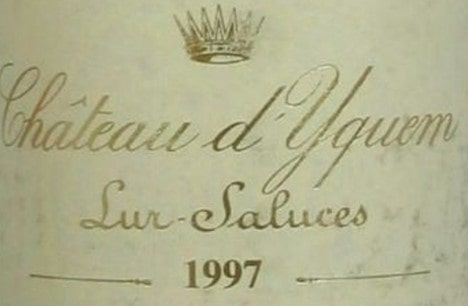
Château d’Yquem © Vinfolio.com
The cheeses were an interesting choice—Gomez wanted fine cheeses but also those that were easily identifiable, like Rochefort and Reblochon. When there are hundreds of guests to serve in a short period of time, it’s not possible to explain the cheeses to everyone.
As for the music, what could be more, um, interesting than the Beatle’s Yellow Submarine played by a chamber orchestra? Let’s just say that Mozart also made an appearance.
If you’d like an entertaining look at the preparations that went into this dinner, here’s a video for you (in French):
From French monarchs to French presidents, grand dinners have been a tool of the country’s soft power. And with a menu that showcases the glories of French food and wine, who wouldn’t want to be a guest, even vicariously? Bon appétit!
Lead photo credit : The Salle des fêtes at the Élysée Palace. Photo credit: Chatsam/ Wikimedia Commons
More in Elysée Palace, French president, Garde Républicain’s, King Louis XIV, pompidou


